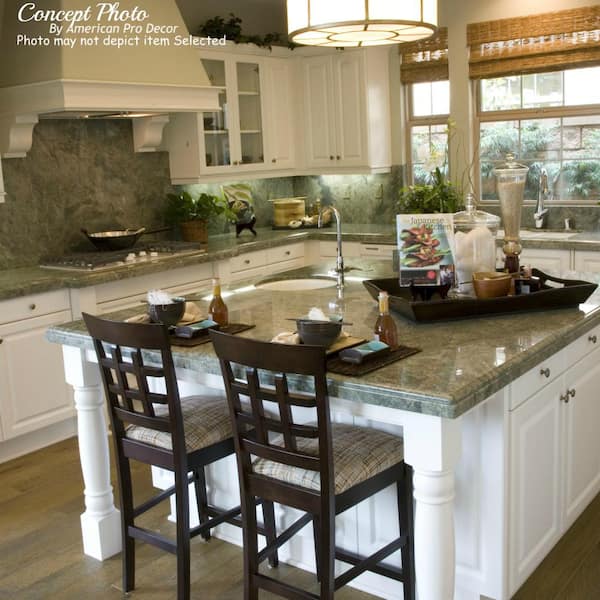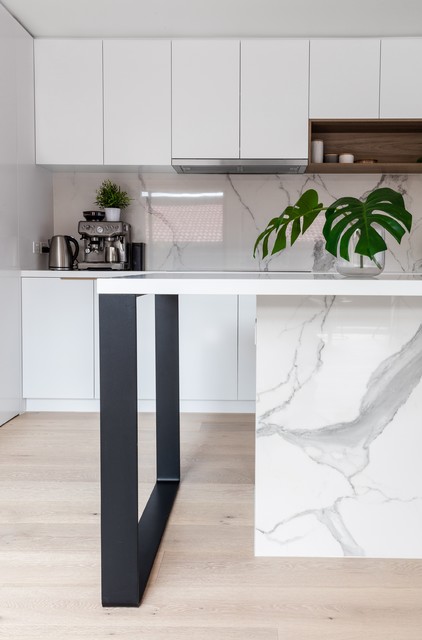The Best Kitchen Island Leg Options for Modern and Typical Kitchens
The Best Kitchen Island Leg Options for Modern and Typical Kitchens
Blog Article
The Relevance of a Sturdy Cooking Area Island Leg in Producing a Useful Food Preparation Area
A sturdy kitchen island leg functions as an essential element in establishing a practical cooking setting, supplying needed assistance for both the counter top and various kitchen area tasks. The security it offers can significantly reduce the risk of accidents in high-traffic areas, while additionally adding to the general visual comprehensibility of the room. As cooking areas develop into multifunctional locations for cooking, dining, and mingling, the selection of materials and layout factors to consider for island legs becomes progressively crucial. Recognizing these elements can transform your kitchen area into a safer and much more reliable area, motivating additional exploration right into the very best options offered.
Advantages of Sturdy Island Legs
Giving necessary assistance, strong cooking area island legs play an essential duty in boosting the functionality and toughness of kitchen islands - kitchen island leg. These legs not just birth the weight of the counter top and any kind of added products positioned on the island, however likewise add to the overall security of the structure. A well-supported kitchen area island makes certain that it stays upright and functional, also under heavy use, which is especially vital in busy kitchen area settings
In addition, sturdy island legs can enhance the visual charm of the cooking area. They provide a solid structure that can complement numerous style styles, from contemporary to typical. This flexibility allows property owners to tailor their kitchen area islands according to personal taste while making sure that the architectural honesty stays uncompromised.
Along with their encouraging duty, durable kitchen area island legs can also improve safety and security. A steady island minimizes the danger of accidents brought on by tottering or tipping, which is specifically essential in houses with youngsters or elderly people. Strong legs can assist in a seamless circulation of activities, enabling for efficient dish prep work and social communications within the kitchen space. Ultimately, buying durable cooking area island legs is crucial for a functional and visually pleasing cooking location.
Materials for Kitchen Area Island Legs
When choosing materials for cooking area island legs, resilience and visual appeal are critical aspects to take into consideration. One of the most common materials include hardwood, steel, and crafted timber, each offering distinct advantages.
Hardwood, such as maple, cherry, or oak, is a traditional selection due to its strength and ageless charm (kitchen island leg). It can hold up against substantial weight and is resistant to put on, making it excellent for high-use kitchen area settings. Furthermore, hardwood can be tarnished or painted to complement various cooking area styles
Metal legs, commonly crafted from stainless-steel or functioned iron, supply a commercial and modern appearance. They are exceptionally solid and can support considerable loads while being immune to dampness and heat, which is beneficial in a cooking location. Metal legs can also be conveniently cleaned up, boosting their practicality.

Layout Factors To Consider for Security
The choice of materials for kitchen area island legs straight influences the design factors to consider for stability. When designing a kitchen island, it is critical to evaluate the weight-bearing capacity of the picked products. Larger products, such as solid timber or steel, usually supply higher stability, specifically under the stress of everyday use.
In addition, the leg layout should integrate correct geometry to improve stability. A bigger base raises the support area, minimizing the danger of wobbling or tipping. Consideration must additionally be offered to the height of the legs; out of proportion leg lengths can cause discrepancy, endangering the overall security of the island.
Furthermore, the circulation of weight throughout the island is essential. Ensuring that the leg positioning aligns with the heaviest elements, such as home appliances and kitchen counters, will additionally boost security.
Upkeep Tips for Longevity

Depending on the product of the legs-- whether wood, metal, or composite-- ideal cleaning approaches should be employed. Metal legs might need a light polish to prevent corrosion and keep their appeal.
Additionally, tightening up screws and bolts on a regular basis can ensure security and protect against tottering. Take into consideration reinforcing the legs with additional brackets or supports to boost resilience if the cooking area island experiences hefty usage. Finally, using a safety surface or sealant can safeguard versus dampness and stains, extending the life expectancy of the legs. By following these maintenance ideas, homeowners can guarantee their kitchen area island legs stay robust and useful for several years see this page to come.
Selecting the Right Leg Design
Regular upkeep makes certain that kitchen island legs continue to be durable and practical, however selecting the right leg style is equally crucial for both looks and assistance. The choice of leg style can significantly affect the general design and harmony of your kitchen.

Performance is one more essential aspect. Thicker legs or those with a tough base can support larger kitchen counters and equipment, improving the island's energy. On the other hand, slim legs might produce a ventilated look, appropriate for lighter styles yet potentially additional hints less helpful.
Verdict
In recap, the value of durable cooking area island legs can not be overemphasized in the production of a functional food preparation area. These legs supply essential support, improve stability, and add to the overall aesthetic of the kitchen.
A durable cooking area island leg serves as a fundamental element in developing a useful food preparation setting, providing necessary support for both the kitchen counter and numerous cooking area tasks.Supplying crucial assistance, durable cooking area island legs play an essential role in boosting the capability and sturdiness of cooking area islands. Ultimately, investing in durable cooking area island legs is crucial for a functional and visually pleasing cooking location.
Factor to consider ought to also be provided to the elevation of the legs; out of proportion leg lengths can lead to imbalance, compromising the general security of the island.
Wooden legs supply warmth and a classic appearance, while metal investigate this site legs supply a modern-day and commercial feel.
Report this page